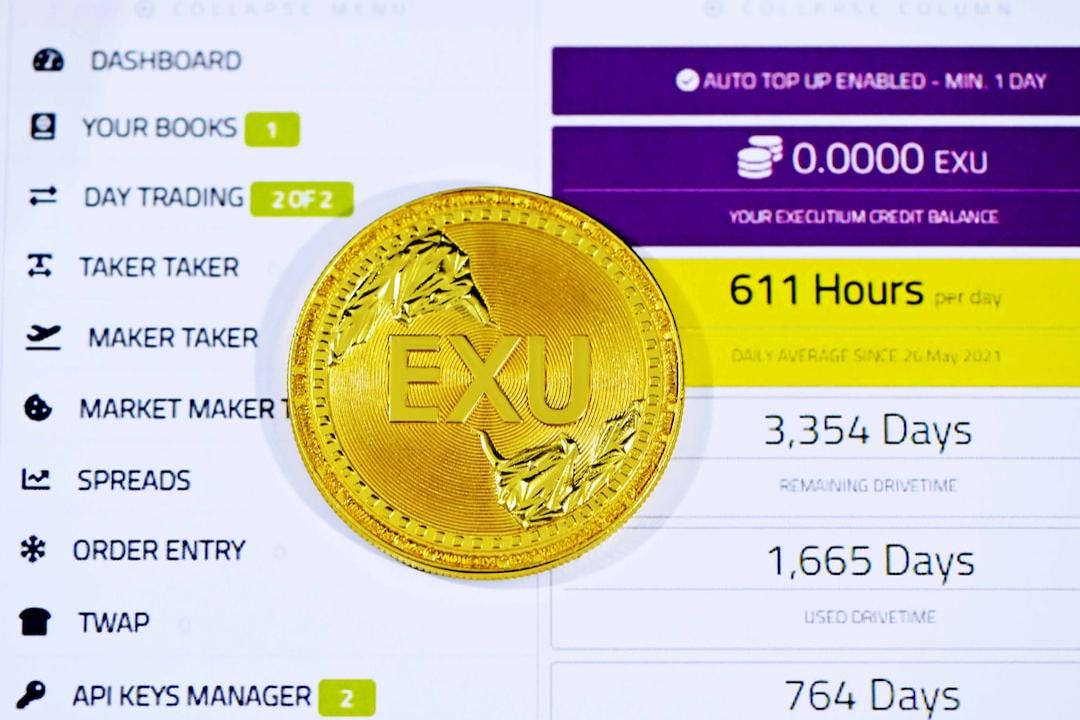Stellar Lumens’ native token XLM returned to headlines after staging a sharp breakout from its recent multi-week downtrend.
XLM prices spiked nearly 16% since Aug 3 to reach a daily high near $0.42 on Aug. 4. Moreover, the rally has now converged with a structural development: Visa has officially added Stellar to its stablecoin settlement infrastructure.
Visa Adds Stellar to Stablecoin Infrastructure as Grayscale Holdings Surge
Visa has expanded its stablecoin settlement capabilities to include Stellar and Avalanche, adding them to its existing support for Ethereum and Solana. The announcement also confirmed support for two new dollar-backed stablecoins—Global Dollar (USDG) and PayPal USD (PYUSD)—through a partnership with Paxos.
In addition, Visa integrated Circle’s euro-backed EURC, enabling cross-border settlement in both USD- and EUR-denominated stablecoins.

This expansion marks the first time Stellar has been formally listed as part of Visa’s global settlement network. The move positions the Stellar blockchain alongside major networks used in stablecoin-based treasury and remittance flows. Visa’s stablecoin platform now supports four blockchains and four stablecoins, following live settlement pilots that began in 2023.
Visa executives emphasized the importance of trust, scalability, and interoperability across multiple chains as prerequisites for global adoption. By extending settlement support to Stellar, the company has given a clear signal to fintechs, banks, and developers that Stellar is part of its multi-chain payment architecture.

The shift is not just technical—it is beginning to show up in capital flows. Grayscale’s Stellar Lumens Trust reported a net asset value of $28.54 million as of June 30. This was up from $10.57 million at the end of September 2024. Over 117 million XLM tokens are now held in the trust. This is a 170% increase in NAV over nine months. The NAV per share rose from $8.64 to $20.61 during the same period.
Visa’s support may not have caused this accumulation, but it now helps validate it. For traders and institutions alike, XLM’s inclusion in a global settlement layer strengthens the case that its recent rally has deeper structural backing.
Traders Eye $1 Breakout, But Sell Wall Looms Over Token’s Rally
While Visa’s expansion added structural weight to the bullish narrative, traders remain locked in on XLM’s recent price breakout and what it might lead to next. XLM’s recent breakout from a multi-month range has sparked bullish commentary, including price targets as high as $1.

One post on TradingView compared the current rally to XLM’s April–May 2017 fractal, highlighting comparisons like an initial pump, a correction, and a second wave targeting the $1 mark. Based on that pattern, the post projected a short-term dip followed by a breakout leg potentially targeting the $1 mark.

Crypto analyst CryptoBull_360 argued that XLM had broken out of a falling wedge pattern on lower timeframes, citing rising volume as confirmation. The analyst maintained that the structure pointed to short-term bullish continuation, though the breakout remained within a broader downtrend.
Other posts focused on the broader structure, suggesting that XLM’s breakout from multi-month compression marks the start of a new expansion cycle. The XLM USD pair has climbed back toward the $0.42–$0.45 band, a key horizontal level where previous rallies have stalled.
That is where the bullish narrative meets its first major test.
Trader CW on X highlighted that XLM is now pushing into an area of heavy historical supply. The $0.42 zone, which capped price during earlier rallies, coincides with declining volume and visible seller absorption. Unless bulls can decisively flip this region, the current move risks becoming another short-term spike rather than the start of a sustained leg higher.
Momentum remains with the buyers for now, but structural confirmation is still lacking. Until the market reclaims and builds above resistance, targets near $1 remain speculative—certainly not guaranteed.

